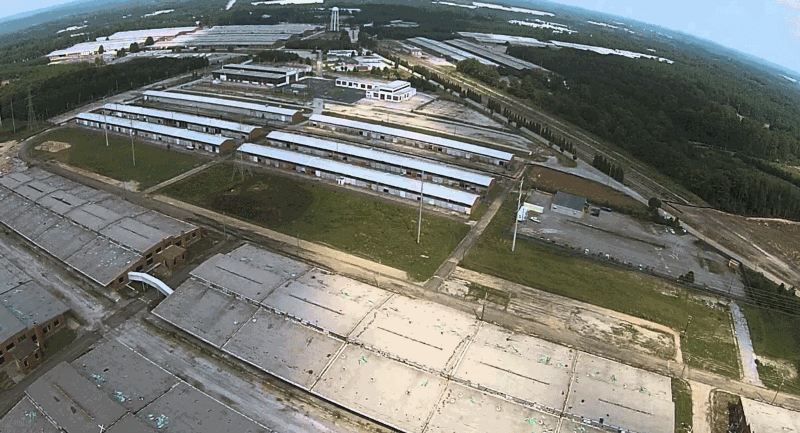
H U Construction
Minneapolis, MN 55439
Featured Project Return to Projects List
Fort Gillem Vapor Intrusion Study
Project Information
- Project Location:
- Atlanta, GA
- Status:
- Completed
- Structure Type:
- Military
References
- Client:
- U.S. Army Corps of Engineers
Scope Of Work
Gillem was an active United States Army Installation between 1940s and 2011 until it closed under the Base Realignment and Closure. During its operation, Gillem was used as a training and material supply depot through World War II and subsequent conflicts. Gillem provided warehouse and office space to the Army and Air Force Exchange Service (AAFES) and to the Federal Emergency Management Agency (FEMA). In 2005, the United States Congress approved the BRAC Commission’s recommendations to close Gillem by September 15, 2011.
Previous investigations at Gillem detected volatile organic compounds (VOCs) in monitoring wells installed in residential and commercial areas located north and south of the installation boundary. The VOCs detected in the groundwater outside of the installation boundary originated from historical disposal and burial of wastes and hazardous constituents near the boundaries of Gillem. The sites with VOCs detected near the installation boundary included the north landfill area (FTG 01) and southeast burial sites (FTG 07/10 and FTG 09). Because the VOC groundwater plume has migrated off the installation and was under residential and commercial buildings, the U.S. Army performed a Vapor Intrusion (VI) Study. During the VI Study, the U.S. Army was issued a Unilateral Administrative Order (UAO). This large-scale, high profile project received the attention of not only the U.S. EPA, GA EPD, but also the media and Army Headquarters. Wenck served as an integral part of this project working closely with the off-site residents, regulators, Army, and other Army contractors.
Wenck prepared and implemented a Vapor Intrusion Study Work Plan (VI WP), a Community Involvement Plan (CIP), and a Response Action Plan. As part of the CIP, Wenck prepared a community mailing list and distributed community mailers and fact sheets throughout the VI Study. At the beginning of the project, Wenck created a Gillem VI Study Facebook page, Twitter account, email account, and telephone hotline to provide updates on scheduling and sampling efforts through multiple forums throughout the study. Wenck also held six public meetings during the course of the study to educate the public on what VI is and the scope of the Fort Gillem VI study as well as communicate results to residents participating in the VI Study.
Following execution of off-site access agreements, Wenck implemented the multiple media investigation at 102 buildings. The VI study included collection and analysis of groundwater, soil gas, crawl space, sub-slab, indoor, and outdoor air samples within the defined VI study areas. Throughout the two-year project, Wenck reported results, risk evaluations, and recommendations to the Georgia EPD and U.S. EPA Region 4. Data verification was performed by Wenck on 100% of project data, such as field logbooks and COC forms, to ensure proper handling of samples and adequate integrity of field operations. Independent third-party data validation included review of COCs, instrument calibration, instrument performance checks, internal standards, lab control standards, method blanks, and compound identification.
For each sampling event and building included in the VI Study, Wenck performed a VI risk assessment that consisted of evaluation of indoor air, sub-slab, and/or crawl space data from residents and businesses. Based on a comparison of the sample results to various tiers of screening levels, the investigative team made decisions regarding the need for immediate action, such as interim mitigation and/or additional sampling. The U.S. EPA and GA EPD were provided results within the prescribed reporting time frames dictated by the UAO and worked with the Army and their contractors throughout the risk evaluation process to ensure the regulatory agencies agreed with the decision-making processes during the VI study. This included conference calls and technical team meetings throughout the project.
